Tapping into Switzerland’s future water resources
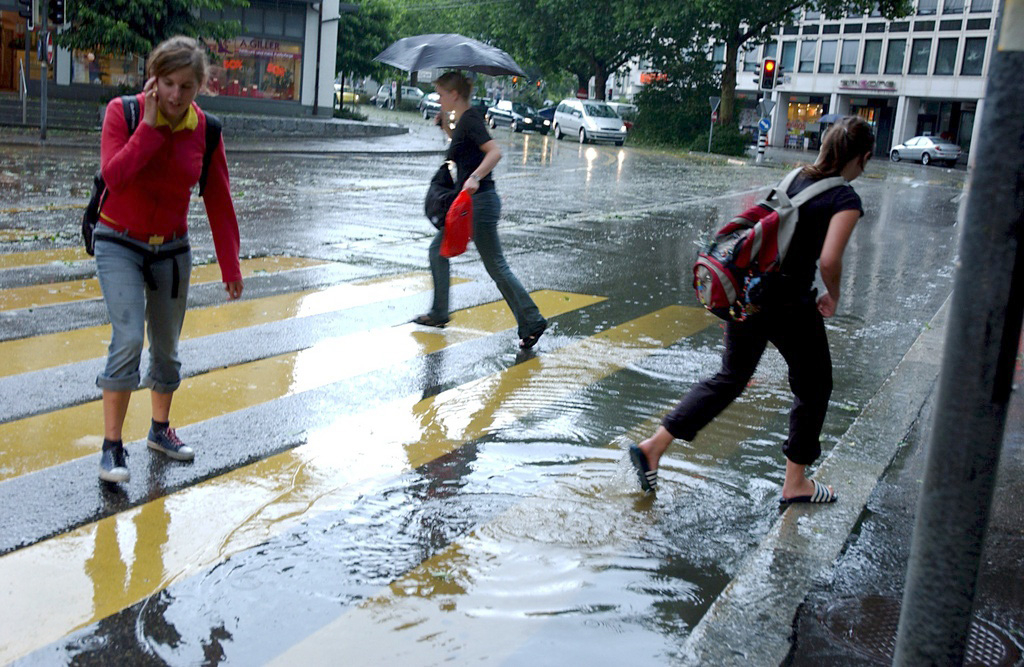
Switzerland may be known as the “water tower of Europe” with around six per cent of the continent’s freshwater resources, but researchers are hard at work figuring out how to conserve the country’s drinking water.
Throughout the world the lives of millions of people are blighted by polluted water, the consumption of which can even lead to death. The situation in Switzerland could not be more different.
Be it for flushing the toilet, cleaning streets, or watering fields, laboratory tests confirm that Swiss water is of the highest quality. It can be drunk from any tap and even a sip of lake water is harmless.
This enviable condition is due largely to the country’s wastewater treatment plants which were legally tasked with cleaning up wastewater in the 1950s. A significant environmental success, these plants are continually being updated with the latest technology.
As a considerable amount of water flows to neighbouring countries, for Max Maurer, chair of Urban Water Systems at the Swiss Federal Institute for Technology in Zurich (ETH), it is also a “moral imperative” to manage this resource with great care.
“People in neighbouring countries should also have as clean water as possible,” Maurer told swissinfo.ch.
“Switzerland’s annual rainfall is so plentiful that if configured virtually the country would be one and a half metres under water. To put this in perspective, only two and a half centimetres are needed to supply adequate drinking water,” explained Maurer, who also heads the research department of urban water management at the Swiss Federal Institute of Aquatic Science and Technology (Eawag).
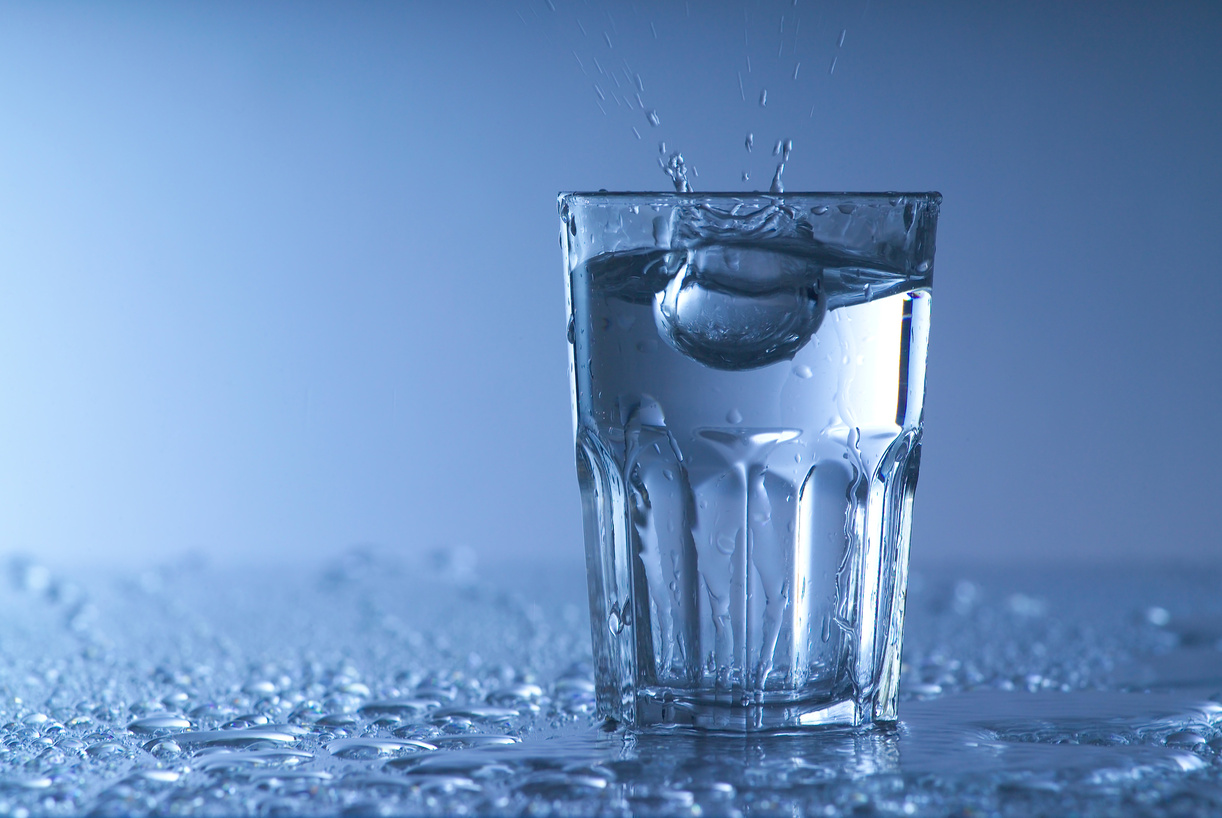
More
Water – the elixir of life
Special toilets
However, economising makes sense. “For individual households, using less warm water means more money left over at the end of the month. Plus, the public sector saves costs by not having to clean polluted water, which also alleviates the environmental burden,” said Maurer.
The savings, or rather the avoidance of wastewater treatment costs, was also the impetus behind the NoMix toilet developed by an Eawag team. The NoMix technology consists of specifically designed toilets that store urine in tanks, separate from the water that rinses the urinal.
According to Maurer, this toilet kills two birds with one stone. On the one hand, it does away with the complex purification of nitrogen and phosphorus that urine adds to wastewater. On the other, around 30,000 tons of nitrogen could be recovered from the urine of the entire population of Switzerland, which amounts to around half of the mineral fertiliser used in agriculture.
“Today we are paying twice. We pay to rid water of urine, and we pay for the fertiliser. It would make sense to shortcut this by installing a second sewer pipe in houses.”
Although the NoMix project is ready to go, separation toilets and urine diversion are still under the radar in the Swiss construction industry.
“We do use waterless urinals. But up to now grey water use or urine separation have gotten the axe in our projects,” said Peter Schürch, founder and head of Büro Halle 58 architects and professor of architecture at the Bern University of Applied Sciences.
“We already use sustainable construction in many aspects of our buildings. But further investments in the future such as the pre-installations of pipelines are a hard sell.”
Nevertheless Schürch, a pioneer of sustainable building in Switzerland whose firm has won countless national and international prizes, agrees the concept of urine separation has a future. Schürch has studied local projects in India, for example.
“There, they work innovatively with urine separation and plant-based purification systems on rooftops – even in major cities such as Bangalore,” said Schürch.
839 sewage plants
Around 3,400 small sewage treatment plants
More than 35,000 wastewater treatment plants (industrial and commercial companies)
Current value
Treatment plants: SFr14 billion
Public sewers: SFr66 billion
Private property drainage: SFr40 billion
Annual costs
Treatment plants: SFr1 billion
Public sewers: SFr1.2 billion
Private facilities: SFr1-1.2 billion
Macroeconomic costs: around SFr3.2 billion
Drinking water
3,000 drinking water supplies
Replacement cost: SFr110 billion (public and private facilities)
Annual costs
Investment: SFr600 million
Operation and maintenance: SFr700 million
Drinking water consumption
Budget: 160 litres per inhabitant per day, of which about 5.5. litres are for drinking and cooking
Annual rainfall
1,460 litres per square metre
8,300,000 litres per inhabitant
2% of the annual precipitation meets the drinking water needs of the whole of Switzerland.
Thinking of the future
It is precisely this global perspective that Maurer finds of great interest. A system of transportation pipelines, with clean water flowing into the cities and polluted water flowing out, would indeed function well in countries such as Switzerland.
“Here there is a lot of water and capital, plus a stable government. In most countries, the situation is different, however. So we are also thinking about how a transport pipeline system for reprocessing water could be implemented in a very decentralised manner.”
Another Eawag project known as the “self” house has already been realised in Switzerland, even if it is not yet in wide use. Rainwater is collected and then used for flushing toilets, washing machines, and watering the garden.
Sewer pipes now in the ground have a life span of 50 to 80 years. Maurer hopes builders today will be open to a future-oriented approach that at the very least considers installing separate pipelines in new constructions, which would make the adoption of separation technology relatively easy for the next generation.
“This will only happen if we do the basic research now and decide in which direction to go,” said Maurer.
Schürch is convinced that water supplies will become an issue well before that, not only in many southern countries, but also in Switzerland.
“However, at the moment clean water is still too cheap and too plentiful.”
(Translated from German by Kathleen Peters)

In compliance with the JTI standards
More: SWI swissinfo.ch certified by the Journalism Trust Initiative
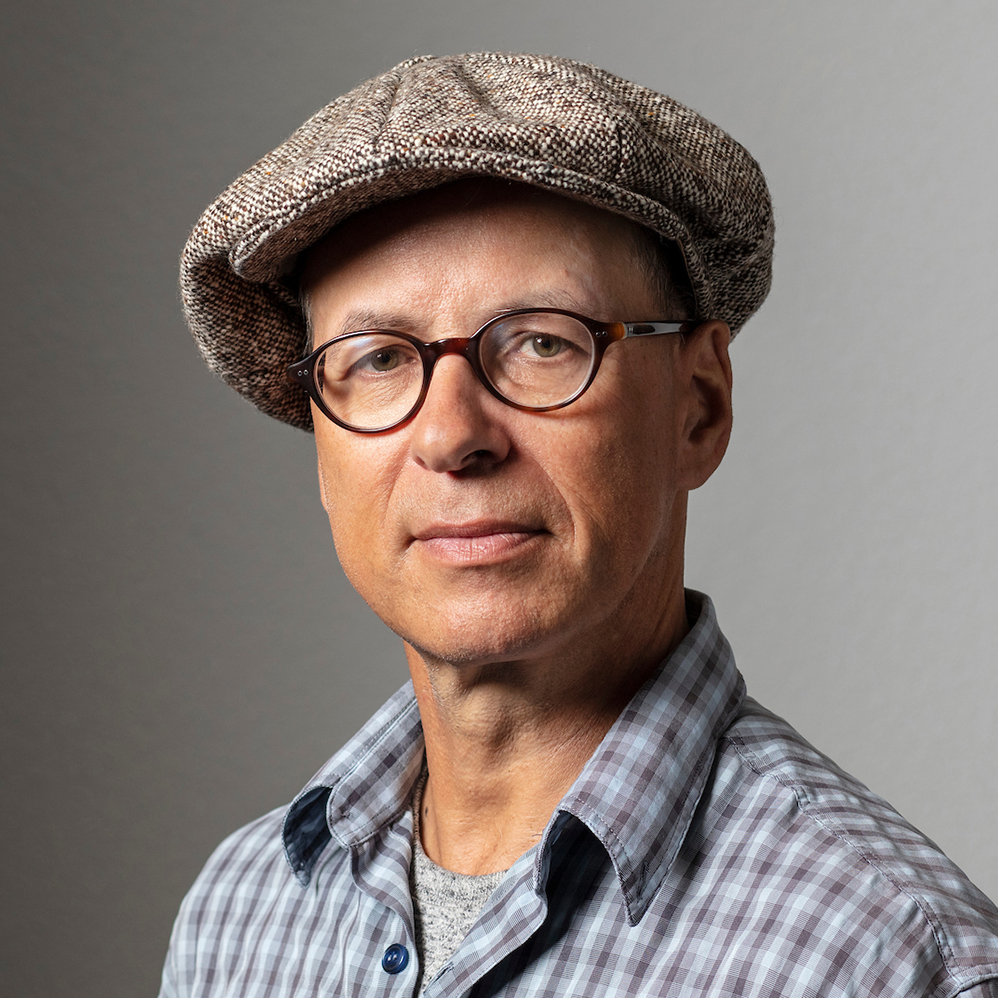
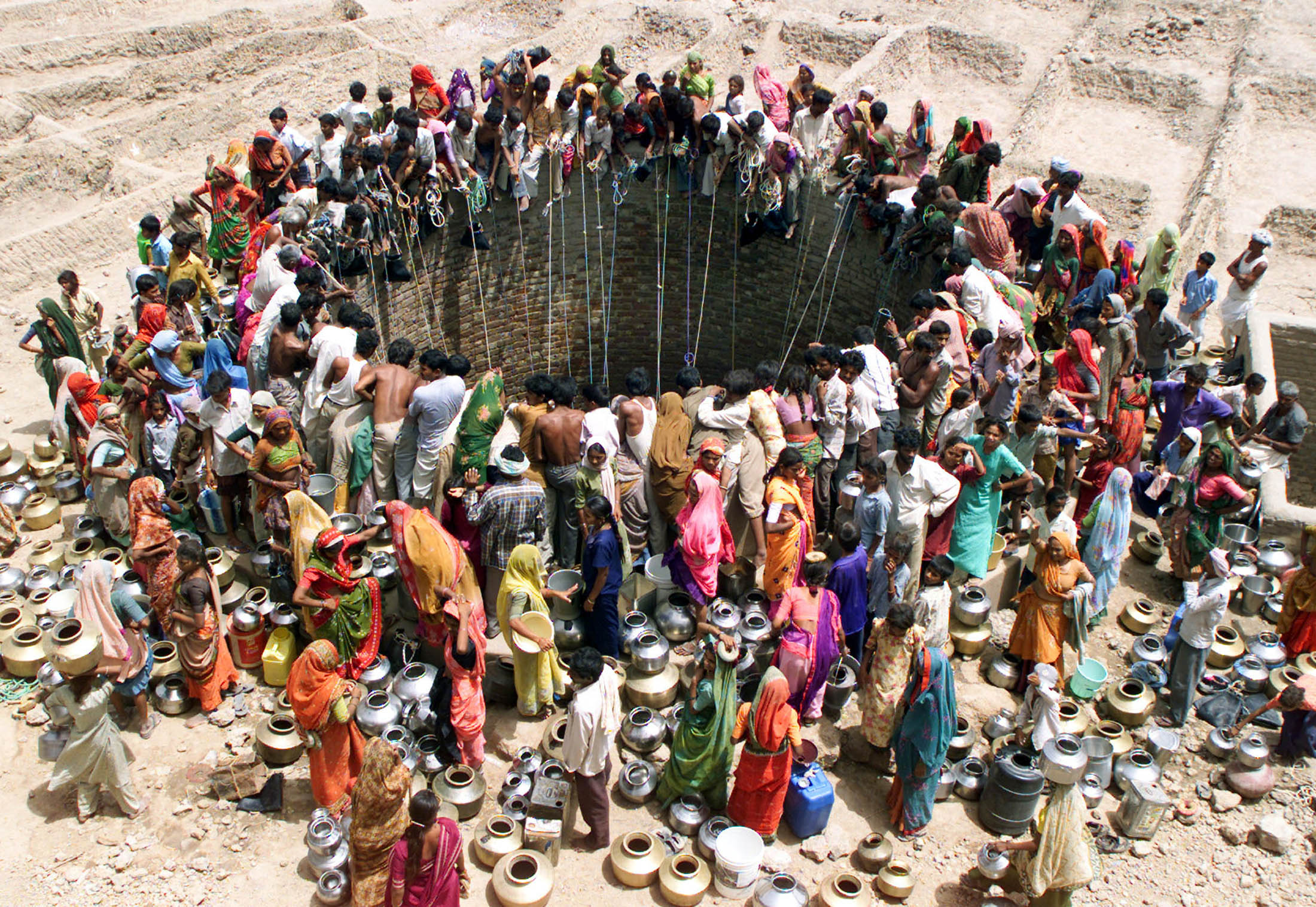
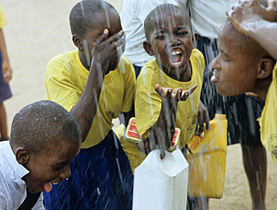
You can find an overview of ongoing debates with our journalists here. Please join us!
If you want to start a conversation about a topic raised in this article or want to report factual errors, email us at english@swissinfo.ch.